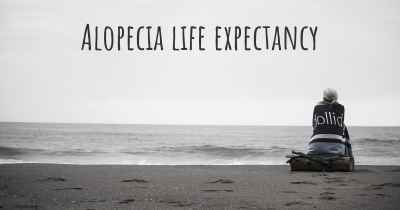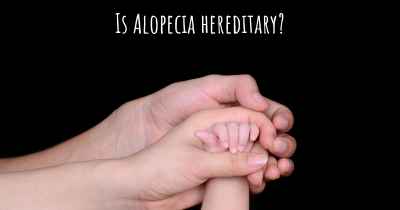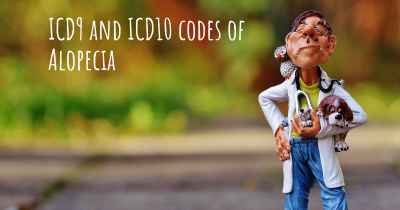What are the best treatments for Alopecia?
See the best treatments for Alopecia here

Alopecia is a condition that causes hair loss, which can be distressing for those affected. While there is no known cure for alopecia, there are several treatments available that can help manage the condition and promote hair regrowth. The best treatment option for an individual depends on the type and severity of alopecia they have.
Treatment Options for Alopecia:
1. Topical Medications:
Topical medications, such as minoxidil, are commonly used to treat alopecia. Minoxidil is available over-the-counter and can be applied directly to the scalp. It is believed to promote hair growth by increasing blood flow to the hair follicles. Regular and consistent use of minoxidil is essential to see results, which may take several months.
2. Corticosteroids:
Corticosteroids can be administered in various forms, including topical creams, injections, or oral tablets. These medications work by reducing inflammation and suppressing the immune response that may be attacking hair follicles. Localized injections of corticosteroids are often used for small patches of hair loss, while oral tablets may be prescribed for more extensive cases.
3. Immunotherapy:
Immunotherapy involves applying a chemical irritant, such as diphencyprone (DPCP), to the scalp to provoke an allergic reaction. This reaction stimulates the immune system and can help promote hair regrowth. Regular applications of the irritant are necessary, gradually increasing the concentration over time.
4. Anthralin:
Anthralin is a tar-like substance that is applied to the scalp and left for a specific period before being washed off. It is thought to normalize the skin's immune response and promote hair regrowth. Consistent use of anthralin is required, and it may take several weeks to see any noticeable improvement.
5. Hair Transplantation:
In cases where alopecia has resulted in permanent hair loss, hair transplantation may be considered. This procedure involves taking hair follicles from areas of the scalp with healthy hair growth and transplanting them to the affected areas. Hair transplantation can provide natural-looking results, but it is a surgical procedure that requires careful consideration and consultation with a specialist.
6. Wigs and Hairpieces:
For individuals who prefer non-medical options, wearing wigs or hairpieces can be a viable solution. These can help cover up hair loss and provide a sense of normalcy. High-quality wigs made from natural hair can be custom-fitted to ensure a comfortable and natural appearance.
It is important to note that the effectiveness of these treatments can vary from person to person. Consulting with a dermatologist or a healthcare professional specializing in hair loss is crucial to determine the most suitable treatment option for an individual's specific condition.
Posted Mar 15, 2017 by Pablo 1000
Posted Oct 5, 2017 by Leohana Medeiros 400
MINOXIDIL
Is vitamin D
Posted Oct 5, 2017 by Raquel 1010








